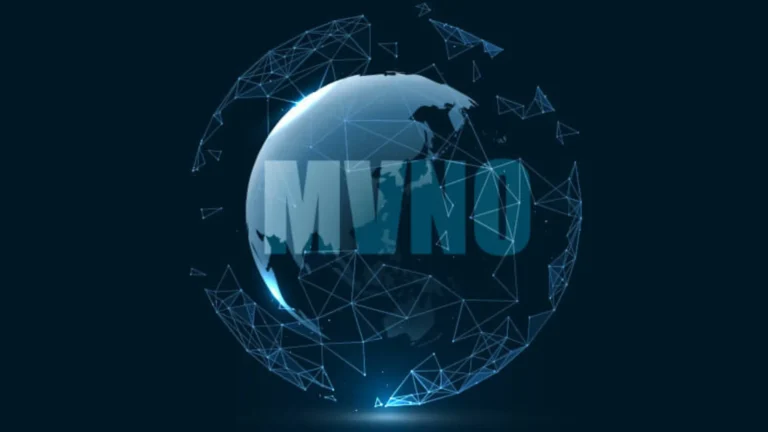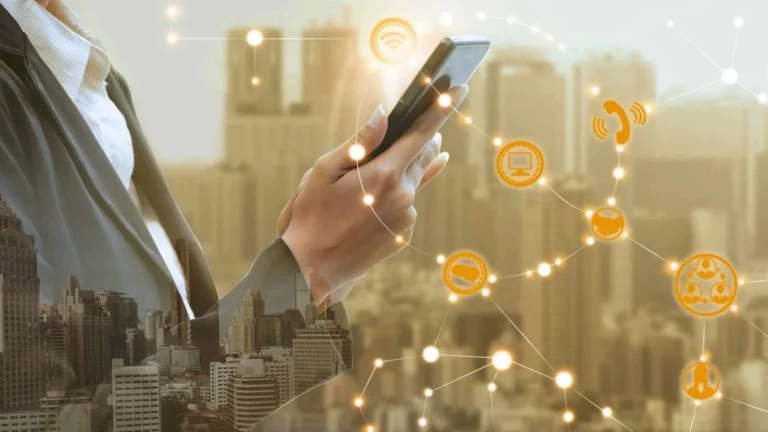
IoT is Enhancing Connected Car Technologies
The automotive industry is undergoing a profound transformation, driven by the convergence of connectivity, data, and automation. The Internet of Things (IoT) is at the heart of this revolution, enhancing connected car technologies and paving the way for a safer, more efficient, and personalized driving experience. By seamlessly integrating vehicles with the digital world, IoT is driving the future of mobility.
The Limitations of Traditional Car Technologies
Traditional car technologies often operate in isolation, lacking real-time connectivity and data-driven insights. This can lead to:
- Limited Safety Features: Reactive safety systems that activate only after a collision.
- Inefficient Navigation: Static navigation systems that don’t account for real-time traffic conditions.
- Lack of Remote Diagnostics: Difficulty in identifying and resolving vehicle issues remotely.
- Limited Personalization: Inability to customize the driving experience based on individual preferences.
- Difficulty in Finding Parking: Drivers waste time and fuel searching for open spaces.
How IoT is Enhancing Connected Car Technologies
IoT technologies are addressing these limitations by providing
Real-Time Connectivity and Data Exchange
- Vehicles are equipped with sensors and communication modules that enable continuous data exchange with cloud platforms and other connected devices.
- This allows for real-time traffic updates, weather information, and vehicle diagnostics.
Advanced Safety Features
- IoT-enabled sensors and cameras provide real-time monitoring of the vehicle’s surroundings, enabling advanced driver-assistance systems (ADAS) such as lane departure warning, adaptive cruise control, and automatic emergency braking.
- Vehicle-to-vehicle (V2V) and vehicle-to-infrastructure (V2I) communication enables collision avoidance and traffic flow optimization.
Smart Navigation and Routing
- Real-time traffic data and predictive analytics enable dynamic route planning, minimizing travel time and fuel consumption.
- Integration with smart city infrastructure allows for seamless navigation to available parking spaces and charging stations.
Remote Diagnostics and Maintenance
- Vehicle sensors transmit real-time diagnostic data to cloud platforms, enabling remote monitoring of vehicle health.
- Predictive maintenance algorithms anticipate potential failures, allowing for proactive repairs and minimizing downtime.
Personalized Driving Experience
- IoT-enabled infotainment systems provide personalized content, such as music, news, and navigation preferences.
- Driver profiles and preferences are stored in the cloud, allowing for seamless personalization across multiple vehicles.
Enhanced Infotainment and Entertainment
- Seamless integration with entertainment platforms, streaming services, and voice assistants.
- In-car WiFi and hotspot capabilities.
Over-the-Air (OTA) Updates
- Software updates can be delivered wirelessly, ensuring that vehicles are always equipped with the latest features and security patches.
Electric Vehicle (EV) Integration
- Real-time battery status monitoring, charging station location, and optimized route planning for EVs.
Benefits of IoT-Enhanced Connected Car Technologies
- Improved Safety: Real-time data and advanced safety features reduce accidents and injuries.
- Enhanced Efficiency: Optimized navigation and predictive maintenance minimize fuel consumption and downtime.
- Increased Convenience: Personalized infotainment and remote diagnostics enhance the driving experience.
- Reduced Congestion: V2V and V2I communication contribute to smoother traffic flow.
- Enhanced Sustainability: Optimized fuel consumption and EV integration promote environmental sustainability.
Challenges and Considerations
- Cybersecurity: Protecting vehicles from cyber threats is paramount.
- Data Privacy: Ensuring the privacy of driver and vehicle data is crucial.
- Connectivity: Reliable and consistent network connectivity is essential.
- Interoperability: Ensuring seamless integration between different vehicle systems and platforms.
- Cost: Implementing advanced connected car technologies can be expensive.
The Future of IoT in Connected Cars
As IoT technologies continue to advance, we can expect to see:
- Increased adoption of autonomous driving technologies.
- Greater integration of AI and machine learning for advanced driver assistance and personalized experiences.
- Expansion of V2X communication for enhanced safety and traffic flow optimization.
- Development of more sophisticated and affordable connected car solutions for all vehicle segments.
By embracing IoT, the automotive industry is driving the future of mobility, creating safer, more efficient, and personalized driving experiences.



